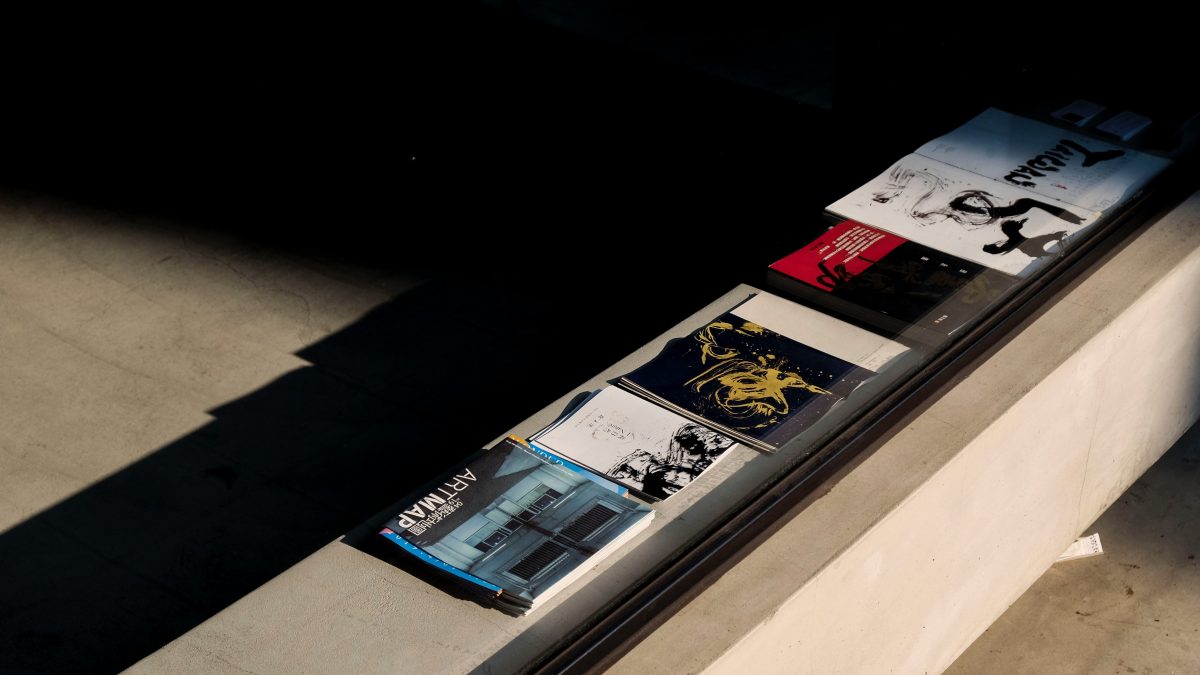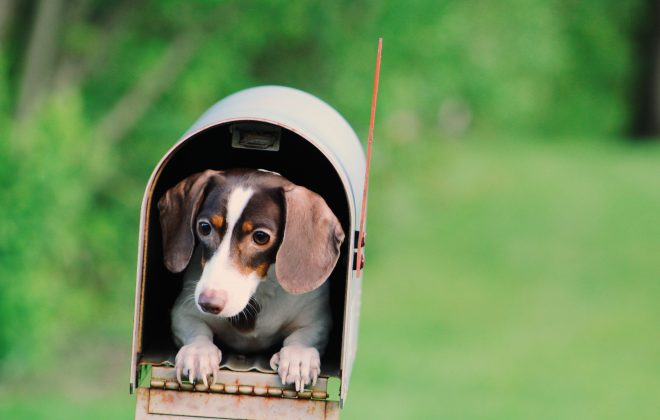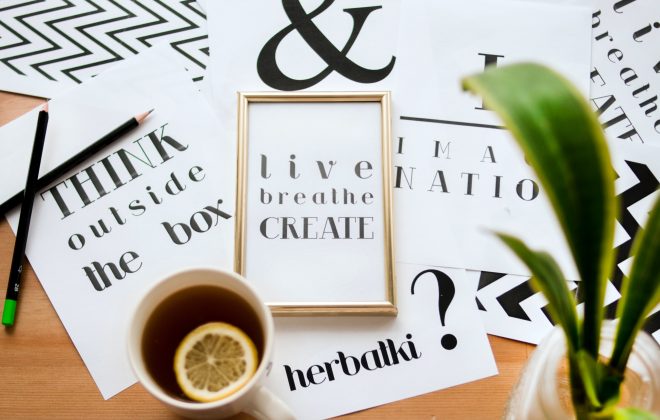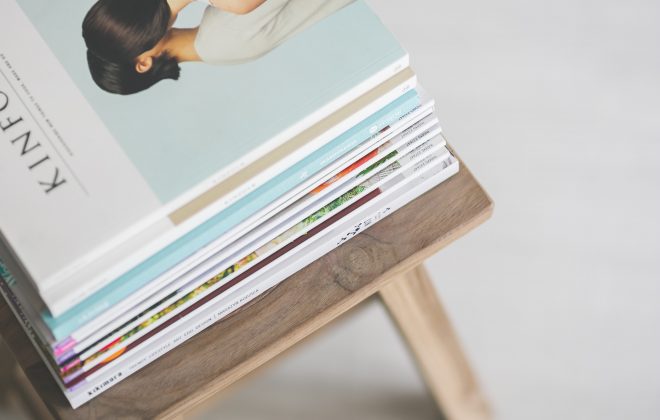How to Make An Effective Leaflet
Photo by Henry & Co. from Pexels
Leaflets are fantastic marketing tools. Small, light, cheap to produce, (relatively) quick to make. They’re a great option for getting the word out fast. Whilst also allowing you to distribute large quantities at a time.
The downside to all of the leaflet’s many advantages, however, is that it’s ease-of-production can sometimes lead to a sloppy and rushed end result. How, then, do you make a leaflet properly? Read on to find out. . .
Big leaflet, small leaflet
Cost-wise, smaller is cheaper. Smaller is also more convenient for handing out of the street. Really, how big the leaflet’s going to be should really depend on what you’ll be using it for. Smaller paper (think A5 and A6) is easier to fold up and put into your pocket. And whilst you might not like the idea of people scrunching up your marketing efforts, its better than having them thrown in the bin. So, if it’s a campaign that you’ll be taking to the streets, the best advice would be to go smaller.
Alternatively, bigger leaflets are more eye-catching. And can often work well on a bar or table, piled together with other leaflets from other businesses. Also, with a bit of creative folding, an A4 leaflet can be turned into a 1/3 A4 size which can be folded out. With this, you’ll get to cram the most amount of content in the smallest space. So if you’ve got lots to say, bigger could well be better.
Where does the info go?
With a simple two-sided leaflet, one side should always be treated as a front cover. What this means is that one side should be designed specifically to catch the eye. Whilst the other can be used for the bulk of text and contact information.
The cover side of your leaflet needs to deliver maximum impact, ideally with the least amount of content possible. Your company logo. A short, catchy headline. A bold image to capture the mood.
Some technical stuff: weight
Boring, but essential. How heavy is your leaflet going to be? This applies mainly if you’re going down the DIY route, otherwise your designer will take care of this bit. Generally speaking, try going no lighter than 130gsm, and no heavier than 170gsm. These two weights, and everything in-between, should work fine for the majority of leaflets. Choosing between light and heavy will usually depend on the type of leaflet you’re producing. If it’s to hand-out on the street, in large quantities, then lighter is probably better. If it’s bespoke, to be distributed in smaller quantities at specific events or to specific people, then going heavier could be a good idea.
Some technical stuff: stock
This one’s easy. If you want to keep the colours bright and vibrant, opt for coated stock. If you want to keep the colours more muted, go for uncoated stock. This is because on coated stock the ink doesn’t sink into the paper, which means it stands out more. So colours are more prominent. Uncoated has the opposite effect. And because of its tendency to absorb colours, it will usually dull the overall aesthetic. This isn’t necessarily a bad thing, but it’s not the best idea if colour reproduction is critical, for example clothing and furniture.
When to deploy leaflets
Between leaflets, brochures, postcards, and posters, it can be difficult to decide which to use and when. For leaflets, think one-off offers and events. Because, due to size constraints, they’re best-suited to conveying just a single message. Too much information risks cluttering the page and making it difficult for people to know what you want them to do. So the leaflet is an ideal choice for advertising festivals and events. Also: offers, sales, discounts. Basically anything that can be summarised in a relatively short space, with few words.
It’s also easy to recycle your leaflet designs. If you have more than one service, product, or offer to advertise, but want to maintain synergy across all your literature, then just by changing the colour scheme and/or imagery, you can send out a whole new campaign with relatively little work.
For tips on designing other print media, see Red Square’s blog posts on brochures, posters, and business cards. And if you’d like some help with an upcoming leaflet campaign, why not get in touch for a free consultation?




